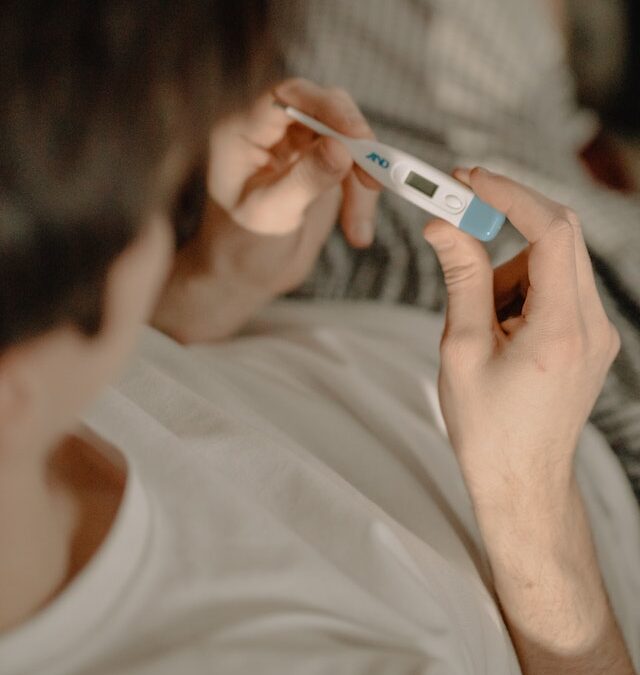Telehealth solutions and remote patient monitoring (RPM) technologies are revolutionizing health care by enabling patients to be monitored and managed from the comfort of their homes, eliminating the need for hospital-based care or frequent checkups.
Home health care, as defined by the Centers for Medicare and Medicaid Services, is the provision of healthcare services for an illness or injury at a patient’s residence. Health systems, both conventional and non-traditional, are actively investigating digital solutions, such as RPM devices, to facilitate the effective implementation of home healthcare programs.
As the senior population continues to grow, infectious diseases like COVID-19 linger, and chronic illnesses become more prevalent, healthcare systems are increasingly acknowledging the importance of expanding healthcare delivery beyond the hospital setting. This expansion is facilitated using virtual technologies and RPM devices, allowing patients to receive care wherever they are.
RPM devices capture patient health data electronically in real time. The recorded data is then transmitted to healthcare providers, allowing for continuous patient monitoring, assessment, and timely interventions when necessary. RPM devices hold the potential to enhance home health care by increasing accessibility, improving the timeliness and overall quality of care, and simultaneously reducing the costs associated with healthcare services delivery. RPM devices can also promote patient engagement, enabling patients to play an active role in managing their health. This can help cultivate a stronger and more collaborative relationship between healthcare professionals and patients.
What Is Remote Patient Monitoring?
RPM devices are designed to monitor a patient’s vital signs. This is achieved by measuring and recording a patient’s physiological data, including parameters such as blood pressure, heart rate, breathing rate, metabolic rate, blood oxygen levels, body weight, and temperature. RPM devices come in a variety of forms, from wearable devices such as patches and smartwatches to more specialized equipment such as glucometers, blood pressure cuffs, and pulse oximeters. These devices typically establish a connection with a patient’s smartphone or tablet via Bluetooth technology, enabling data transfer to dedicated apps for monitoring and analysis.
For instance, Tapestry Health’s Vitals Management Program uses contactless radar and radio wave technology to continually monitor a patient’s vital signs remotely in real time and track the recorded data over time. If an anomaly is detected, an alert will be promptly sent to monitoring staff, allowing for timely intervention.
Tapestry Health’s RPM technologies incorporate advanced motion sensor devices enhanced by AI, capable of detecting and alerting staff to patient movements, thereby aiding in the prevention of potential falls. All health-related data collected is securely stored in a digital electronic health record system, enabling easy retrieval for future comparisons and evaluations. This empowers clinical staff to effectively monitor and track a patient’s health over time.
How RPM Devices Advance Home Care
RPM devices allow healthcare providers to extend their clinical expertise to individuals in the comfort of their home, healthcare facility, or wherever they happen to be. This can not only keep a patient’s condition from deteriorating, but it can also serve as a proactive measure focused on maintaining overall good health. RPM devices also hold the potential to enable subjects to participate in clinical trials from remote locations, expanding participation to a significantly broader audience compared to the current practice.
RPM is valuable for monitoring and tracking acute health conditions, such as recovering from infection. Diligently monitoring a patient’s vital signs can help detect any anomalies if the infection were to reoccur, facilitating swift intervention when needed. Similarly, RPM is also beneficial for monitoring patients who have chronic health diseases such as asthma, cancer, diabetes, and heart disease. Healthcare providers can perform daily monitoring of these patients without patients ever having to leave their homes.
Patients gain peace of mind knowing they are being cared for by a healthcare professional who is nearby if needed. This gives patients the confidence to get on with their lives and be more aware of their health day to day.
Tapestry Health offers an array of RPM solutions designed to empower individuals to take control of their health. The Vitals Management Program is particularly valuable for the proactive monitoring of both acute and chronic health conditions, enabling early issue detection and intervention, rather than having to resort to reactive measures. Through contactless radar and radio wave technology, Tapestry Health can continuously and passively monitor a patient’s vital signs in real time while maintaining a comprehensive record of patient data over time. In the event of an anomaly, dedicated staff can take immediate action to ensure patients’ well-being. Contact Tapestry Health to explore further details about RPM technologies and their advantages.

